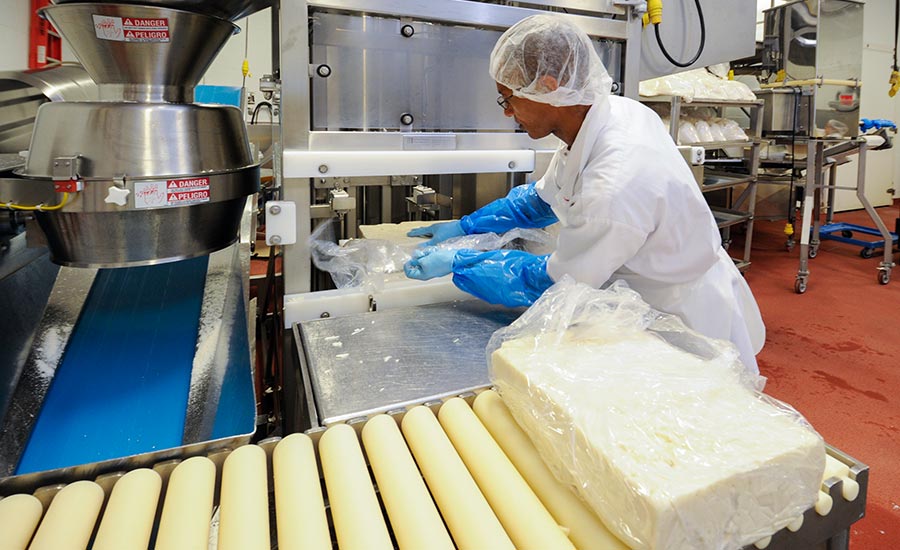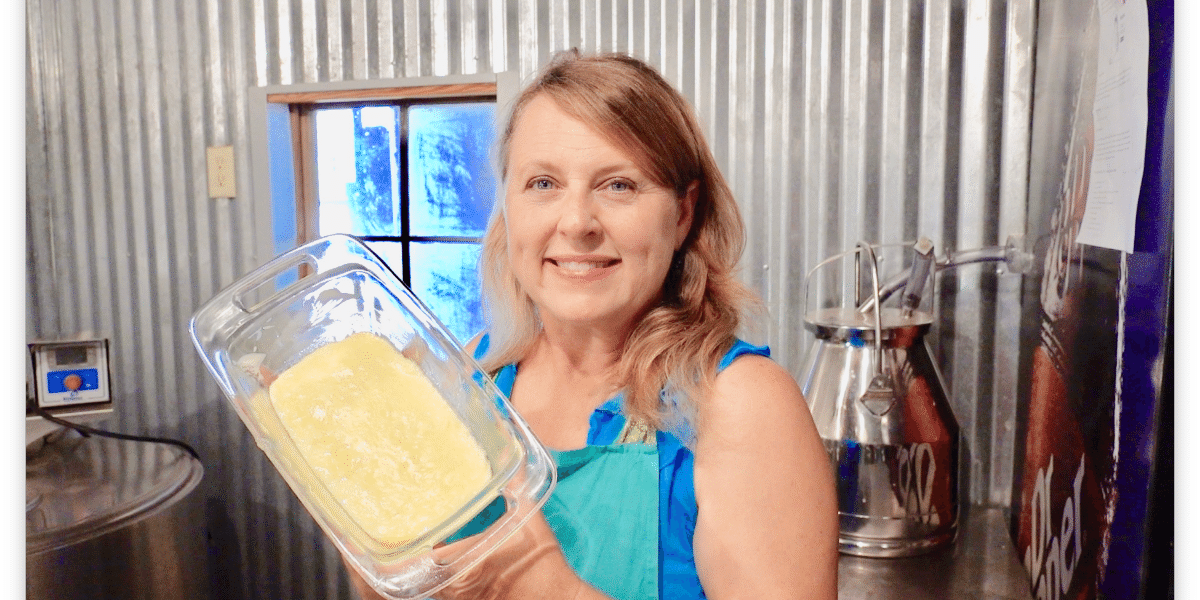From Thomastown to Your Table: The Excellence of Floridia Cheese Melbourne
From Thomastown to Your Table: The Excellence of Floridia Cheese Melbourne
Blog Article
Opening the Keys of Artisanal Cheese Making: A Step-by-Step DIY Guide
In the realm of culinary workmanship, artisanal cheese making stands as a testimony to the fragile equilibrium between practice and technology. As we get started on this trip to debunk the art of developing splendid cheeses, we are faced with a tapestry of abilities and secrets waiting to be untangled.
Selecting the Right Milk
When starting the journey of artisanal cheese making, the choice of milk plays a crucial duty in determining the top quality and features of the end product. The type of milk chosen affects the taste, structure, and generally account of celebrity. Raw milk, directly from the animal, is chosen by many artisanal cheesemakers due to its distinct blend of enzymes, germs, and taste compounds. Using raw milk comes with regulations and risks, making pasteurized milk a much safer alternative for newbies.
Furthermore, the source of the milk, whether from cows, goats, lamb, or buffalo, contributes unique tastes and characteristics to the cheese. Each type of milk brings its own nuances, permitting for a vast range of cheese varieties to be crafted based on the chosen milk.
Culturing and Coagulating
To launch the cheese-making procedure, the essential actions of culturing and coagulating have to be meticulously performed to transform milk right into curds and whey. Culturing entails introducing helpful germs to the milk, which then begins the fermentation procedure. These microorganisms transform lactose (milk sugar) into lactic acid, creating the acidic environment essential for coagulation. The kind of society used can significantly influence the flavor, appearance, and ripening of the final cheese item.

The timing and temperature level control during culturing and coagulation are important variables that affect the last result of celebrity. Correct implementation of these steps is necessary to guarantee the desired texture, taste, and consistency of the artisanal cheese being created.
Draining Pipes and Pushing Curds
After the milk healthy proteins have coagulated and the curds have actually been reduced to release whey, the following crucial action in artisanal cheese making includes draining and pushing the curds to achieve the desired texture and consistency of the last cheese item. The time for draining pipes can differ depending on the kind of cheese being made and the preferred wetness content.
Pushing helps remove any continuing to be whey and compacts the curds to create a solid cheese wheel. Correct draining pipes and pushing are critical actions that dramatically affect the top quality and qualities of the artisanal cheese being created.
Aging and Flavor Techniques
Executing meticulous aging and flavoring methods is crucial in boosting the deepness and intricacy of artisanal cheeses, boosting their taste accounts to exquisite levels of improvement and sophistication. Aging plays a vital role in establishing the special tastes and appearances that differentiate artisanal cheeses. Throughout the aging process, cheeses are stored in very carefully managed atmospheres where factors such as temperature, humidity, and air movement are adjusted to urge the growth of useful mold and mildews and microorganisms. This regulated atmosphere permits celebrity to mature slowly, developing complicated fragrances and abundant tastes.
Seasoning strategies additionally add dramatically to the final taste of artisanal cheeses. Cheesemakers might choose to present added tastes by including active ingredients such as natural herbs, spices, and even fruits right into celebrity throughout the production procedure. Additionally, some cheeses are washed or rubbed with various liquids, such as brine or alcohol, to enhance their tastes and textures.
Covering and Saving Cheeses

Final Thought
In conclusion, mastering the art of artisanal cheese making includes very carefully choosing the right milk, complying with specific culturing and coagulating procedures, draining and pressing curds properly, and utilizing different aging and flavoring techniques. By adhering to these steps vigilantly and with interest to information, you can create your very own tasty and unique cheeses in the house. Keep in mind to cover and keep your cheeses correctly to make sure optimum taste and texture advancement. Happy cheese making!
Each type of milk brings its own nuances, allowing for a broad variety of cheese varieties to be crafted based on the picked milk.After the milk healthy proteins have actually coagulated and the curds have been reduced to launch whey, the following crucial action in artisanal cheese making involves draining and pushing the curds to accomplish the wanted structure and consistency of the last cheese item. Most cheeses should be wrapped in wax paper or cheese paper to permit them to take a breath while protecting them from drying out. For cheeses that need to continue aging, such as bloomy skins or washed rinds, guarantee they are saved in an awesome setting like a cheese cavern or a refrigerator established to the appropriate temperature. By paying interest to the covering and storage space of artisanal cheeses, cheese manufacturers and enthusiasts can preserve Related Site the honesty of these specials and totally appreciate their intricate flavors.
Report this page